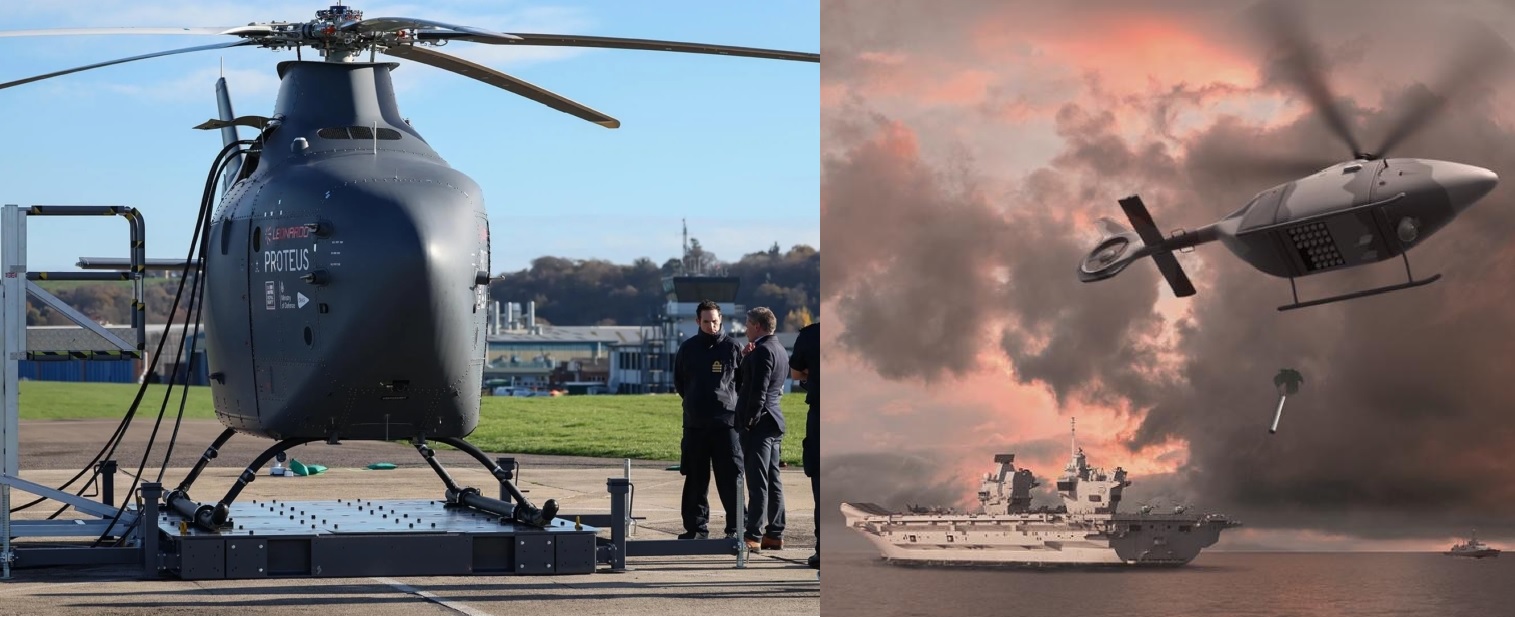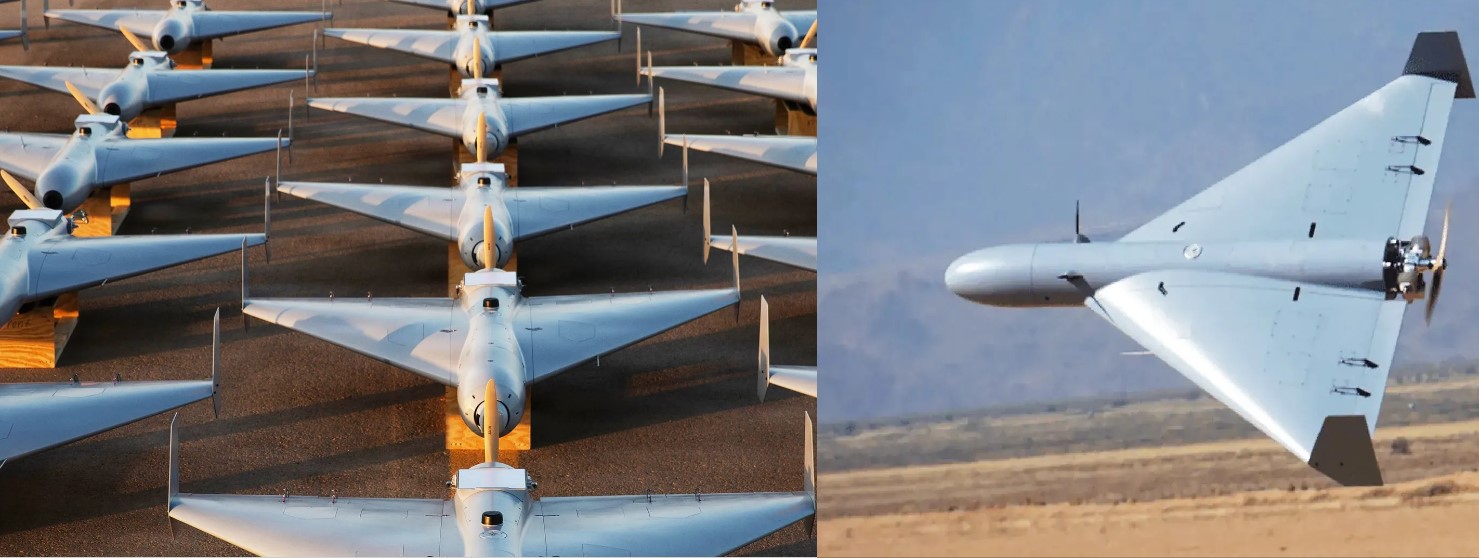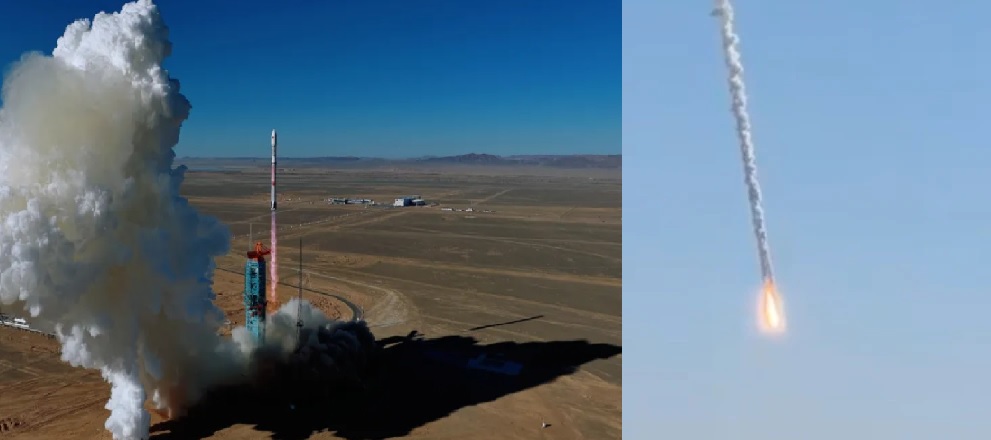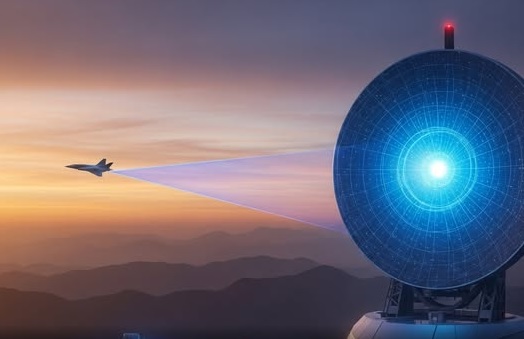South Korea Unveils New L-SAM Interceptor to Replace U.S. Air Defense Systems

South Korea has officially unveiled a new version of its long-range air defense system, L-SAM, which now includes a powerful air-to-air missile (AAM) variant. This upgraded capability is designed not only to intercept high-altitude ballistic missiles but also to target enemy aircraft and cruise missiles at lower altitudes, offering a more comprehensive shield against aerial threats.
The development was made public on August 7, 2025, by South Korean defense analyst Mason via the social platform X (formerly Twitter). The newly revealed missile variant is part of a broader effort by Seoul to gradually replace U.S.-made systems, including Patriot PAC-2 GEM-T and SM-2 series missiles, with more advanced, locally produced alternatives.
What’s New and Why It Matters
While the original L-SAM-I system was primarily designed for anti-ballistic missile (ABM) operations in the upper atmosphere, the new AAM variant expands its utility by engaging threats at medium and low altitudes. This includes fast jets, drones, and cruise missiles, areas where older U.S. systems rely on semi-active guidance and require constant radar illumination. The new L-SAM AAM instead uses active radar homing, allowing fire-and-forget capability, reducing reaction time and boosting launcher survivability.
The AAM missile is part of a multi-missile architecture designed by LIG Nex1, enabling the L-SAM system to carry both AAM and ABM missiles in the same launcher. Hanwha Aerospace is producing the ABM missile, and Hanwha Systems is building the massive active electronically scanned array (AESA) radar, which can detect threats up to 600 km away.
Technical Edge Over U.S. Systems
The L-SAM interceptor is believed to have a range exceeding 150 km and speeds between Mach 4 and Mach 5. Its advanced guidance system combines inertial navigation, datalink updates, and terminal radar homing, making it highly accurate—even against maneuverable or stealth targets. Its vertical launch system allows it to engage threats from any direction without having to rotate the launcher.
Compared to legacy systems like the PAC-2 GEM-T, which uses older radar and engagement technology, the L-SAM offers modern, faster, and more versatile performance. The U.S. Navy’s SM-2 missile, while reliable, is limited to ship-based operations. The L-SAM, on the other hand, is being developed in land-based and future naval variants, and offers a more modular and cost-effective solution thanks to domestic production.
Strategic Flexibility and Global Aspirations
The dual-capability of the L-SAM launcher enables defense planners to mix and match interceptor types based on the threat—whether from ballistic missiles, cruise missiles, or swarm drones. It complements shorter-range systems like KM-SAM (Cheongung II) and point-defense assets like the Korean C-Dome to form a layered defense architecture.
This makes the system useful not only for homeland defense, but also for forward-deployed operations to protect key sites like airbases and command centers. The AESA radar’s ability to track multiple targets also helps in dealing with stealth aircraft or hypersonic threats.
South Korea has already started mass production of the L-SAM and is now working on a naval version. Talks are underway to export the system to the Middle East, and interest has been shown by countries like Poland, Australia, the Philippines, and some Northern European nations.
Why Now?
This announcement comes at a time of growing regional tension. North Korea continues to test increasingly advanced ballistic missiles, while China’s assertive actions in the Yellow and East China Seas have raised alarm in Seoul. The need for a strong, independent defense system has never been more urgent.
By developing and showcasing its own advanced systems like the L-SAM AAM, South Korea is signaling a major shift—moving away from reliance on American hardware and toward greater strategic autonomy. This also positions Seoul as a rising global player in the air defense market, challenging traditional suppliers like the U.S. and Europe.
A more powerful version, L-SAM-II, is already in development, and as South Korea continues to invest in indigenous capabilities, the L-SAM system is poised to become the backbone of its national air defense. It also strengthens South Korea’s position as a defense exporter, aligning security policy with industrial growth and diplomacy.
✍️ This article is written by the team of The Defense News.






